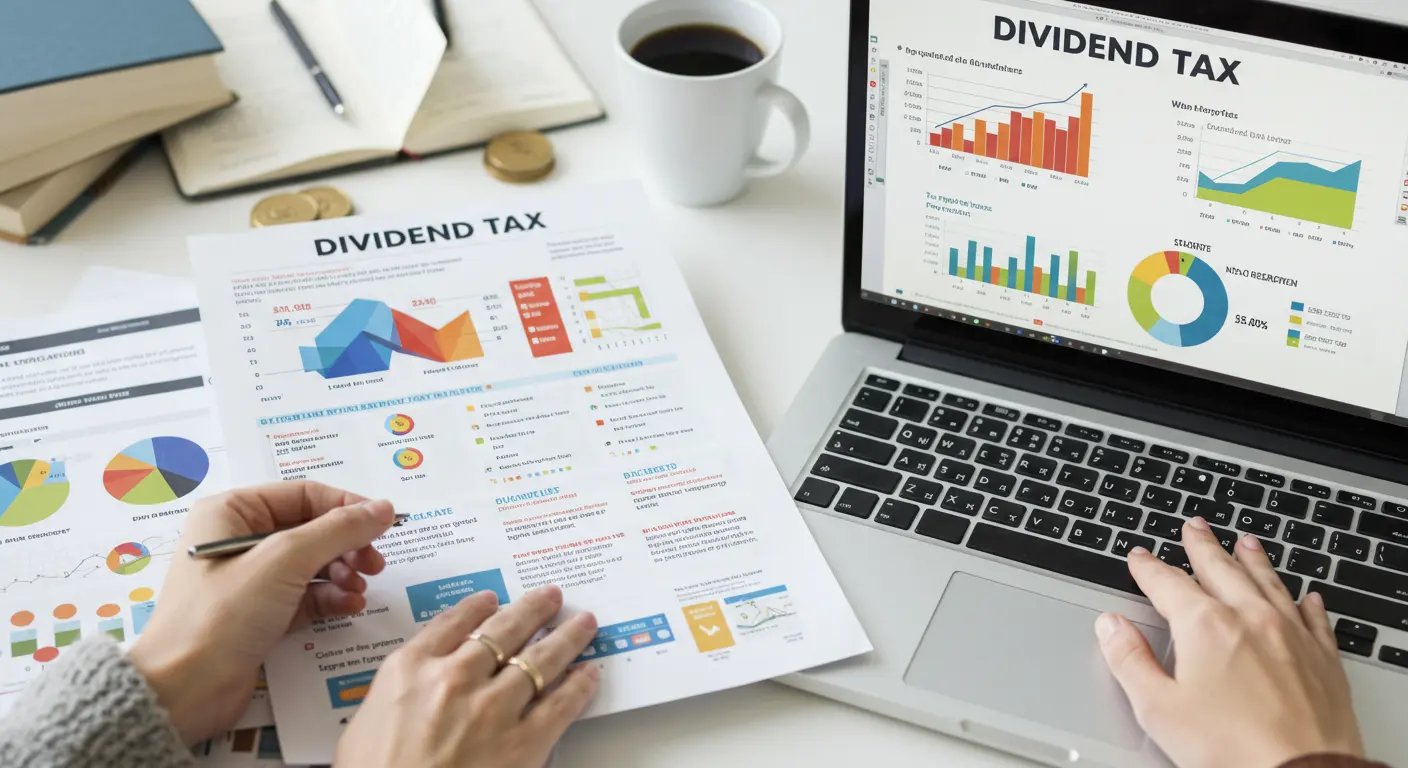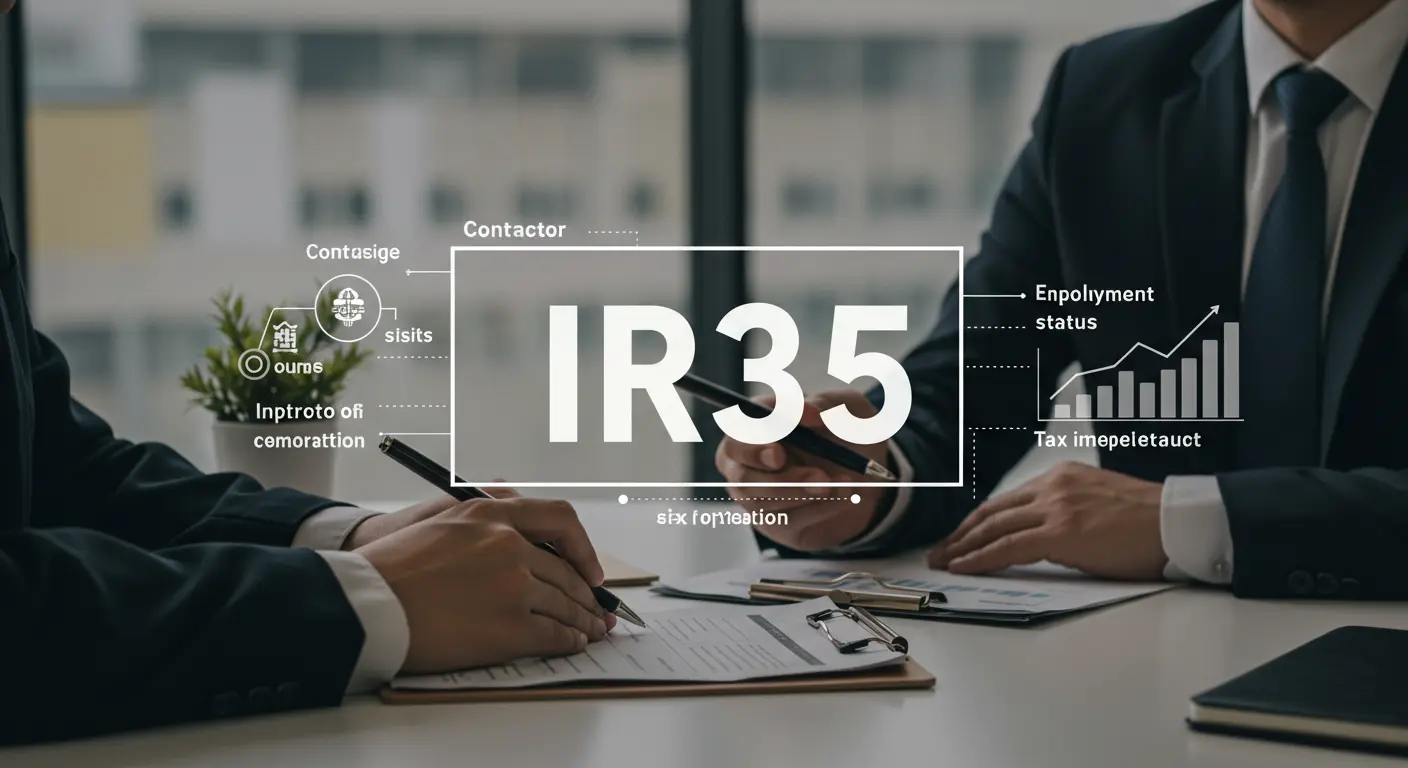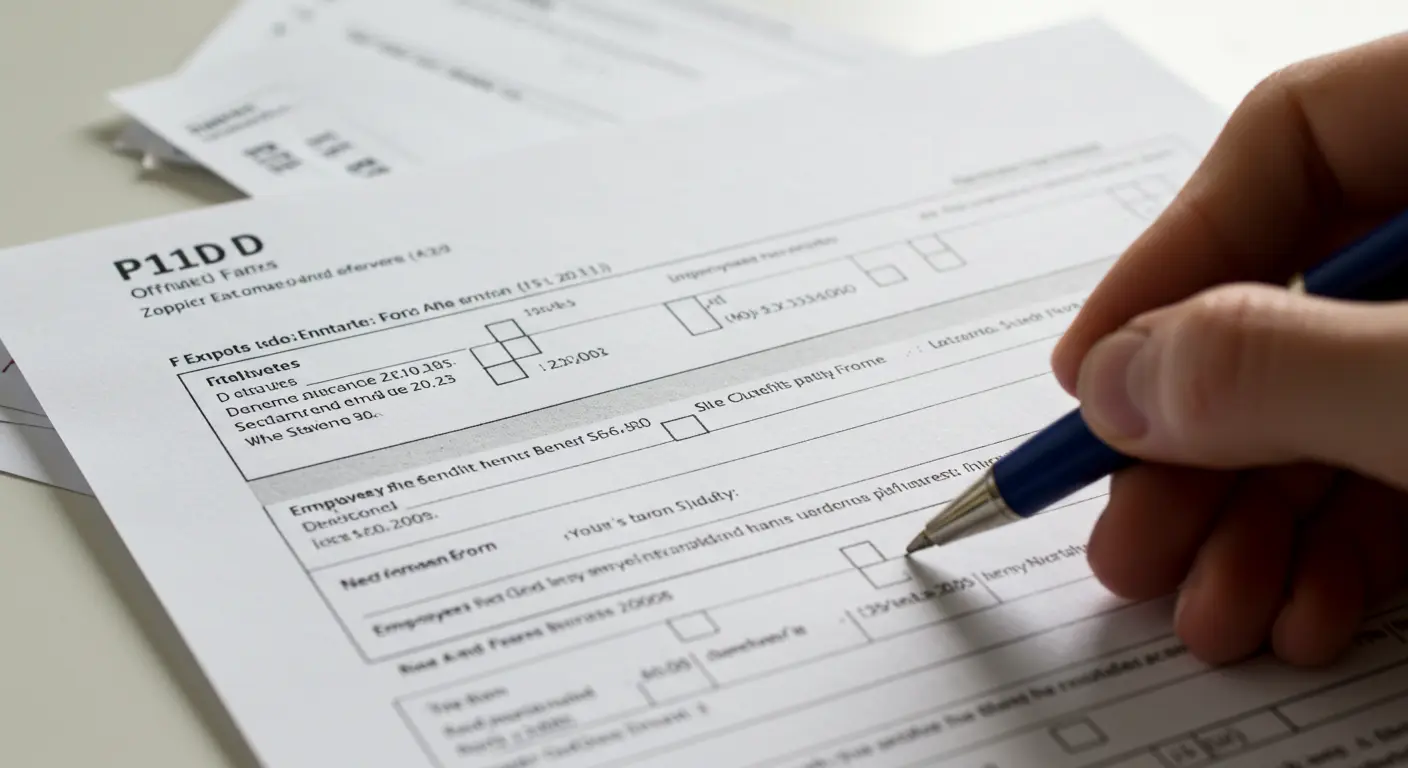What are dividend tax rates?
Dividend tax rates are taxes levied on dividend income that investors receive from their investment in stock or mutual funds. Dividend income is usually classified into two categories: qualified and non-qualified dividends. Eligible dividends are taxed at a low capital profit tax rate, which ranges from 0% to 20% depending on the income level of the investor. Non-qualified dividends, also known as ordinary dividends, are taxed at the regular income tax rates of the individual, which may be higher. The difference in tax treatment encourages long-term investment and rewards shareholders who live on their investment for long periods. Specific rates for dividend taxes vary depending on the investor’s taxable income and tax bracket.
Each taxpayer receives £ 1,000 dividend allowance (up to 2024/25), which means the first £ 1,000 of dividend income is free. In addition, the rates depend on the taxpayer’s income tax band: 8.75%for basic rate taxpayers, 33.75%for high rate taxpayers, and 39.35%for additional rate taxpayers. These rates only apply to dividends from shares of UK companies or foreign companies listed on the UK Stock Exchange. Unlike pay income, dividends do not contribute to national insurance, giving them a tax-skilled way to get income for the company owners and investors.
What Are the Current Dividend Tax Rates?
Dividend tax rates vary depending on a person’s tax band. For the 2024/2025 tax year, dividends falling inside the original rate band are taxed at 8.75%. For those in high rate bands, taxes increase by 33.75%, while additional rate taxpayers face a 39.35% rate. It is worth noting that everyone benefits from a tax-free dividend allowance, which is currently scheduled at £ 1,000 per year. This means that before any tax is applied, individuals can get this amount in dividends.
Beyond dividend allowance, any dividend obtained is added to other income sources to determine the band by overthrowing. For example, if your total income pushes you to the higher rate limit, you will pay the high dividend tax rate on the share of the dividend above that limit. The purpose of this progressive structure is to ensure that to encourage investment by ensuring that high earnings contribute more tax.
Do You Pay a 20% Tax on Dividends?
Dividend income is taxable in the UK, but your total taxable income determines the tax rate. The dividend allowance, currently £1,000, is given to each taxpayer. This implies that the initial £1,000 in dividend income is exempt from taxes. Dividends over this amount are subject to taxation per your income tax band. Higher rate taxpayers (those making between £50,271 and £125,140) pay 33.75%, basic rate taxpayers (those making up to £50,270) pay 8.75%, and additional rate taxpayers (those making over £125,140) pay 39.35%. Because dividend tax rates vary from regular income tax bands, dividends are exempt from the standard 20% income tax rate.
What Is the Dividend Allowance for 2025/26?
The dividend allowance is expected to be at 2025/26 £ 500. This means that a person can get up to £ 500 in dividends before paying tax on dividend income. Before the 2023/24 tax year, dividend allowance was high, but government changes have gradually reduced it.
The UK government has reduced the dividend allowance over time:
| Tax Year | Dividend Allowance |
|---|---|
| 2016/17 – 2017/18 | £5,000 |
| 2018/19 – 2022/23 | £2,000 |
| 2023/24 | £1,000 |
| 2024/25 | £500 |
| 2025/26 | £500 (expected) |
These reductions have increased the tax burden on investors, making tax planning more essential than ever.
What Is the Maximum Dividend Tax-Free?
The dividend allowance and the personal tax-free allowance determine the maximum dividend tax-free amount. 2024–2025 and 2025–2026:
Personal Allowance: £12,570 (tax is not due if total income stays below this amount).
£500 is the dividend allowance.
Total Dividends Free of Taxes £13,070 is feasible (assuming there is no other taxable income).
An investor is exempt from paying taxes on dividend income if their earnings fall below the personal allowance threshold.
How Can You Calculate Tax on Dividend Income?
To calculate tax on dividend income in the UK, follow these steps:
- Determine Your Total Dividend Income – Add up all dividends received in the tax year.
- Check the Dividend Allowance – For the 2025/26 tax year, the tax-free dividend allowance is £500.
- Identify Your Tax Band – Add your dividends to other taxable income to see which tax band applies.
- Apply the Dividend Tax Rate – After the allowance, dividend income is taxed based on your income tax band:
- Basic rate (up to £50,270) – 8.75%
- Higher rate (£50,271 – £125,140) – 33.75%
- Additional rate (over £125,140) – 39.35%
- Calculate Your Tax – Multiply taxable dividends by the applicable tax rate.
For example, if your total dividend income is £3,000 and you’re a basic rate taxpayer:
- Tax-free allowance: £500
- Taxable dividends: £2,500
- Tax at 8.75%: £218.75
This ensures you know exactly how much tax to pay on your dividends.
How to Avoid Paying Tax on Dividends?
One way to avoid paying tax on dividends is to use tax-skilled investment accounts. Stock and share ISA allows UK investors to get dividends tax-free regardless of earned amount. A Self-Recruit Personal Pension (SIPP) also provides tax benefits, as any dividend within the pension is freed from tax until the income is withdrawn. By investing strategically through these accounts, you can save your earnings from dividends and maximize returns.
Another effective strategy is the division of dividends with a spouse. If your partner has used personal allowance or falls into the band, transferring shares can reduce the burden for their overall tax. Business owners can manage dividends by placing the total income within the basic tax band, which can ensure a low dividend tax rate. Additionally, using a £ 500 dividend allowance Wisely spread in various accounts can help reduce tax liabilities.
How Can You Legally Reduce Dividend Tax?
Legal dividend tax rate reductions can be achieved in several ways:
Raise Pay Rather Than Dividends: A larger salary might lessen the exposure to dividends.
Establish a Business Structure Sensibly: To maximize tax efficiency, some businesses pay dividends differently.
Use Allowances: Although the 2025–2026 dividend allowance is modest, making use of all available allowances can reduce the total tax burden.
How Do Dividend Tax Rates Compare to Other Forms of Taxation?
Dividend tax rates in the UK are usually lower than income tax rates on salary and self-employment income. While dividend income is taxed at 8.75% for basic rate taxpayers, 33.75% for high rate taxpayers, and 39.35% for additional rate taxpayers, employment income is subject to 20%, 40%, or 45% income tax, tax Depending on the tax band based on the band. Additionally, salary and self-planned income are subject to national insurance contribution (NICS), which can add up to 12% or more to additional costs.
Dividend income is free from NICS, thereby a more tax-efficient way for business owners to withdraw profits. When compared to the Capital Gain Tax Benefits (CGT), dividends may be reduced for some taxpayers. CGT rate on property sale is 10% for basic rate taxpayers and 20% for higher rate taxpayers, lower than dividend tax rates at high-income levels. However, the CGT applies only when a property is sold, while the dividend provides a regular stream of income. The tax efficiency of the dividend depends on a person’s overall financial position, income mixture,e, and allowances.
What Changes Might Affect Dividend Tax Rates in the Future?
Future changes in dividend tax rates in Britain will depend on government policies and economic conditions. The government can accommodate dividend allowance or tax rates to balance public finances. In recent years, the allowance has come down from £ 2,000 to £ 500 in 2022/23 in 2024/25. If public spending is high, an allowance can be introduced or an increase in tax rates. Alternatively, if the economy is strong, policymakers can reduce the tax burden to encourage investment in businesses and shares.
Political changes can also affect dividend taxation. A new government can increase taxes on high earnings by offering relief to small investors. Changes in corporate tax policy can indirectly affect dividends, especially for business owners. Additionally, inflation and cost-living concerns may push the government to modify the tax limit or start new incentives. Investors must be updated on tax announcements to effectively manage their finances.
Conclusion
Investors and business owners in the UK must comprehend dividend tax rates. Although the reduction in allowances raises the tax burden, the UK dividend tax system is still advantageous when compared to other tax structures. Liabilities can be decreased with the use of planning techniques like ISAs, splitting dividends with a spouse, and maximizing pension contributions. Effective dividend income tax management requires monitoring tax changes and making good use of available allowances.
FAQs
1. What Are the Dividend Rates of Tax for 2024/25 and 2025/26?
The dividend rates of tax depend on an individual’s income tax band. The rates for 2024/25 and 2025/26 are:
- Basic rate taxpayers: 8.75%
- Higher rate taxpayers: 33.75%
- Additional rate taxpayers: 39.35%
These rates apply after deducting the dividend allowance 2024/25 or dividend allowance 2025/26 (£500).
2. Dividends Are Taxed at What Rate Compared to Income Tax?
Dividends are taxed at lower rates compared to income tax.
- Basic rate taxpayers pay 8.75% on dividends, whereas they pay 20% on salary income.
- Higher-rate taxpayers pay 33.75% on dividends, but 40% on salary.
- Additional rate taxpayers pay 39.35% on dividends, while income tax at this level is 45%.
This makes dividends a tax-efficient way to extract income from a business.
3. What Are the Annual Dividend Tax Rates for 2025?
The annual dividend tax rates in 2025 remain the same as in 2024/25:
- Basic rate: 8.75%
- Higher rate: 33.75%
- Additional rate: 39.35%
4. Can Dividend Tax Rates Change in the Future?
Yes, dividend tax rates can change based on government policies. The dividend allowance has already decreased from £5,000 (2016) to £500 (2025/26). Future changes might include:
- A further reduction in the dividend allowance
- An increase in dividend tax rates
- New tax incentives for investors
It is essential to keep track of annual tax changes.
5. How Can I Reduce My Dividend Tax Liability?
To lower tax on dividend income, consider:
- Using ISAs: Dividends earned in ISAs are tax-free.
- Splitting dividends with a spouse to maximize allowances.
- Increasing pension contributions to lower taxable income.
- Reinvesting dividends into tax-efficient investment schemes.
















